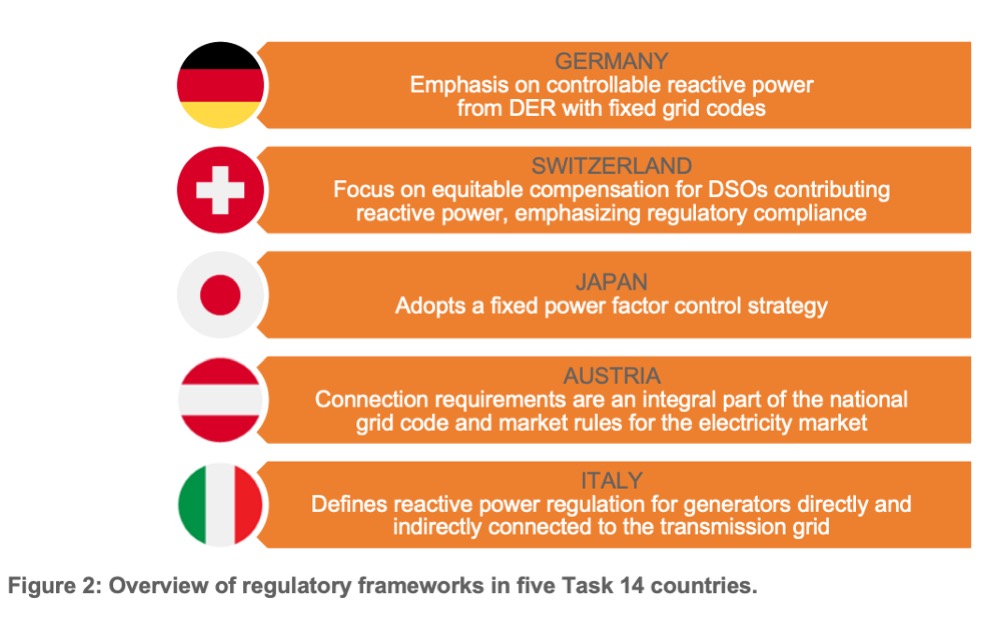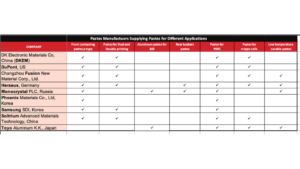- IEA PVPS explores the role of reactive power management in the backdrop of growing share of renewable energy in the grid
- Effective management of DERs is also a crucial aspect of grid operation for voltage maintenance and grid stability
- Its new report recommends updates to regulatory frameworks while calling for further collaboration between the TSOs and DSOs for effective power management
In a new Task 14 technical report, the International Energy Agency Photovoltaic Power Systems Programme (IEA PVPS) delves into the world of reactive power management. It explores the ways this can significantly support the operation of a secure and reliable grid.
The report titled Reactive Power Management with Distributed Energy Resources highlights the status and potential of reactive power management as renewable energy sources increase their volume on the grid.
Increased integration of variable renewable energy sources into the power grid can lead to fluctuations, thus negatively impacting power quality and the ability to transfer power effectively.
At the same time, it points to the growing role of distributed energy resources (DER) whose effective reactive power management, according to the report, is now a crucial aspect of grid operation essentially for voltage maintenance and grid stability.
The report explains, “Reactive power management is an essential aspect in achieving optimal grid performance. Various new methodologies are needed and being developed considering difference scenarios and highlighting the necessity for adaptability in response to evolving energy landscapes.”
The authors of the report recommend updating regulatory frameworks that align with the evolving energy landscape. It will ensure efficiency and resilience of the power systems.
They share case studies of the regulatory framework in some of the selected Task 14 member nations to highlight the diverse approaches to managing reactive power. The selected member nations are Germany, Switzerland, Japan, Austria and Italy.
In Germany, for instance, the regulatory structure emphasizes controllable reactive power from DER with fixed grid codes. This enables the distribution system operators (DSO) to use the reactive power provision of DER within the predefined reactive power range in the relevant guidelines.
Switzerland focuses on equitable compensation for DSOs contributing reactive power to the grid, highlighting the importance of regulatory compliance.
On the other hand, Japan, for instance, adopts a fixed power factor control strategy. A consortium involving TEPCO Power Grid, Tokyo Electric Power Company and Waseda University carried out a project to evaluate the voltage control performance under various scenarios, considering the growing PV penetration in the country. The study suggested that it may be difficult to maintain an appropriate voltage due to the increase in the amount of PV interconnection in the distribution system.
The IEA PVPS report also calls for collaboration between the TSOs and DSOs to facilitate effective reactive power management. It can be further enhanced with Information and Communications Technology. The authors believe further research in the field of reactive power management is a must now that renewable energy continues to expand globally.
The target audience of this report are the DSOs, regulatory authorities, system integrators and equipment manufacturers. The entire report is available for free download on the IEA PVPS website.



